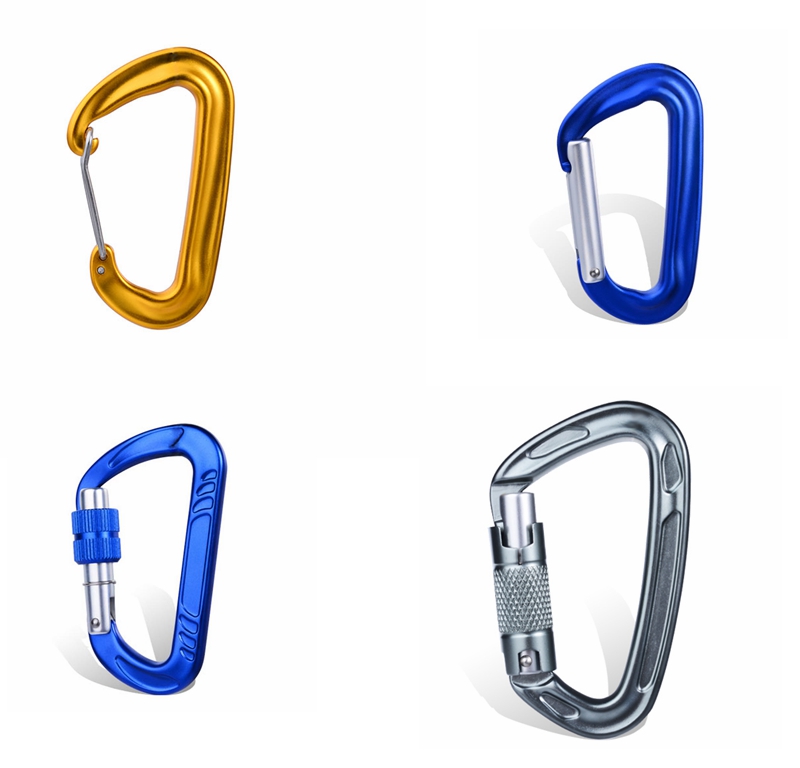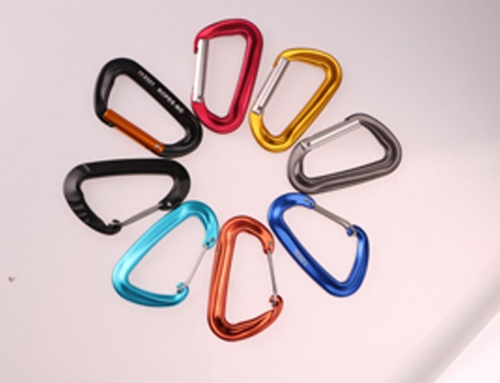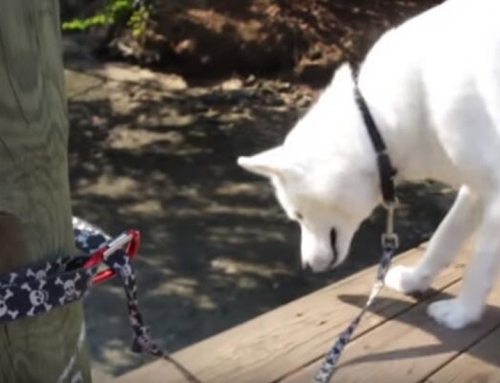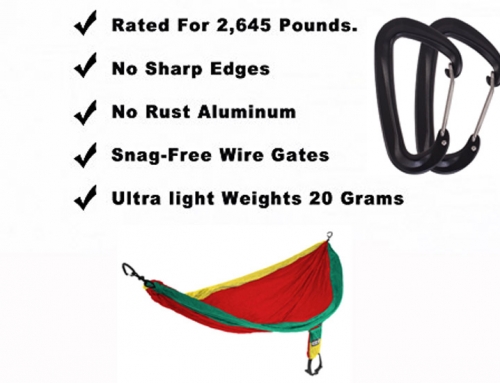How does a carabiner work?
How does a carabiner work? There are many types of carabiners and they have many uses, including contributing to the safety systems in rock and ice climbing, mountaineering, spelunking, and rescue techniques. Among other uses, carabiner can be used for belaying, rappelling, clipping into anchors and securing rope into protection.
A carabiner is a crucial piece of rock-climbing equipment. It’s the basic equipment for linking together ropes, harnesses and anchors. And while they all serve this same general purpose, there are several different karabiner designs. How does a carabiner work? All carabiners form a complete loop, but they’re available in several different shapes, such as ovals, ovals with squared edges, circles, D-shapes, pear shapes, S shapes and others. Every carabiner also has a moving gate that allows ropes or straps to be slipped through the carabiner. But these vary in their mechanisms. Nearly all carabiners are spring loaded so that they remain closed, except when pushed open. The pressure from the spring is usually enough force to keep the gate closed under normal climbing conditions. But since this design is not right for all applications, other designs feature locking gates. Some carabiners are auto-locking, but the rest must be manually locked by sliding or screwing the lock into place.
Using Carabiner to Secure Harnesses for Climbing
Most rope-based forms of rock climbing involve the use of a climbing harness, climbing rope, belay device and carabiner. To secure a climber for ascent, the climber must first put on the climbing harness and find the designated belay rope, which should already be secured at the top of the rock structure. A loop of the belay rope should be pushed into a slot on the belay device, a small, fixed piece of metal that looks similar to a padlock. With the rope aligned with the loop on the device, the climber should open the gate on the carabiner and slide it around the belay device and the rope. Then, without removing the belay device or rope, the climber must slide the open carabiner through the belay loop on the harness. Once the carabiner has been closed and locked (if it is a locking carabiner), the climber is ready to start climbing safely.
Inspecting the Carabiner before Using
As is the case with most rock-climbing equipment, carabiner is very durable. But they can grow weak or ineffective with enough use. Since equipment is critical to safety in rock climbing, carabiner and all equipment should be carefully inspected prior to each climb. If a carabiner appears to be bent or in any way deformed, it should be replaced immediately. As this could be a sign of weakened structural integrity and can mean that the gate will not close completely. If the gate is sticky or is not moving fluidly, the gate and hinge should be cleaned thoroughly with an old toothbrush, warm water and a mild soap solution. If the carabiner gate still does not respond properly, it is likely due to a rusty or faulty hinge or a metal spring that has been overused. In either case, the carabiner should be replaced.






